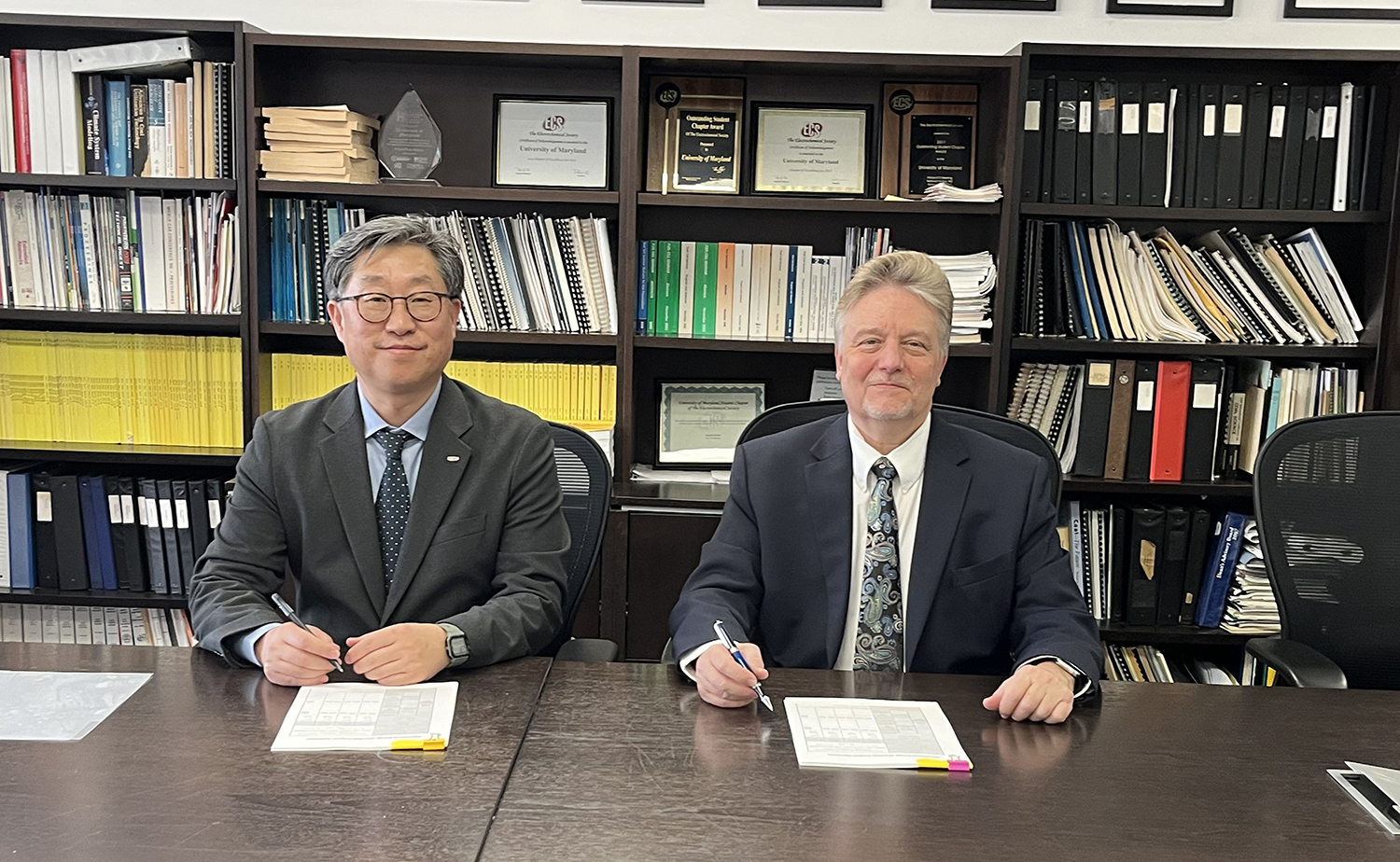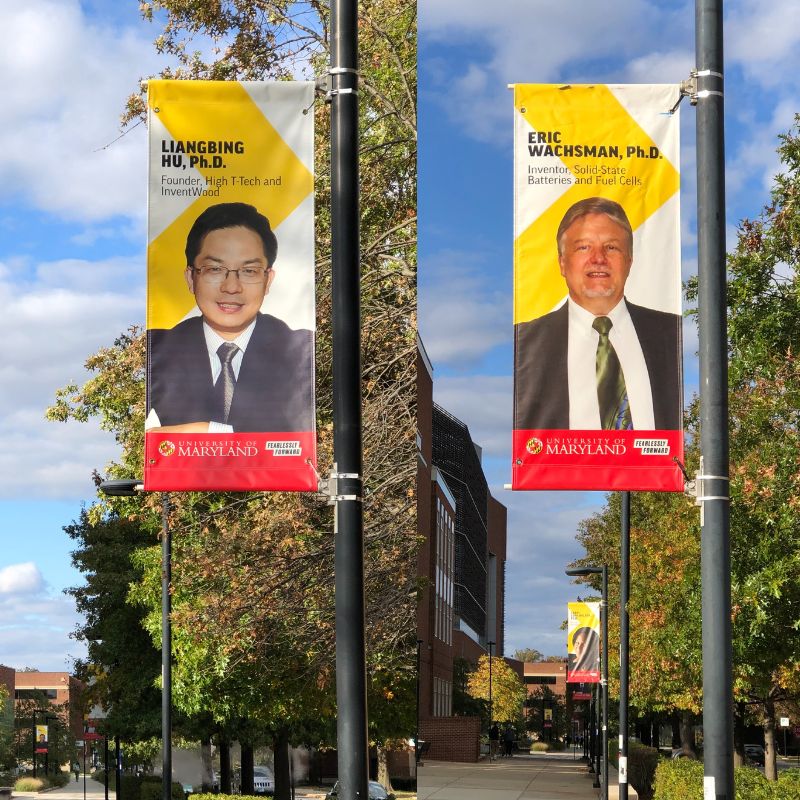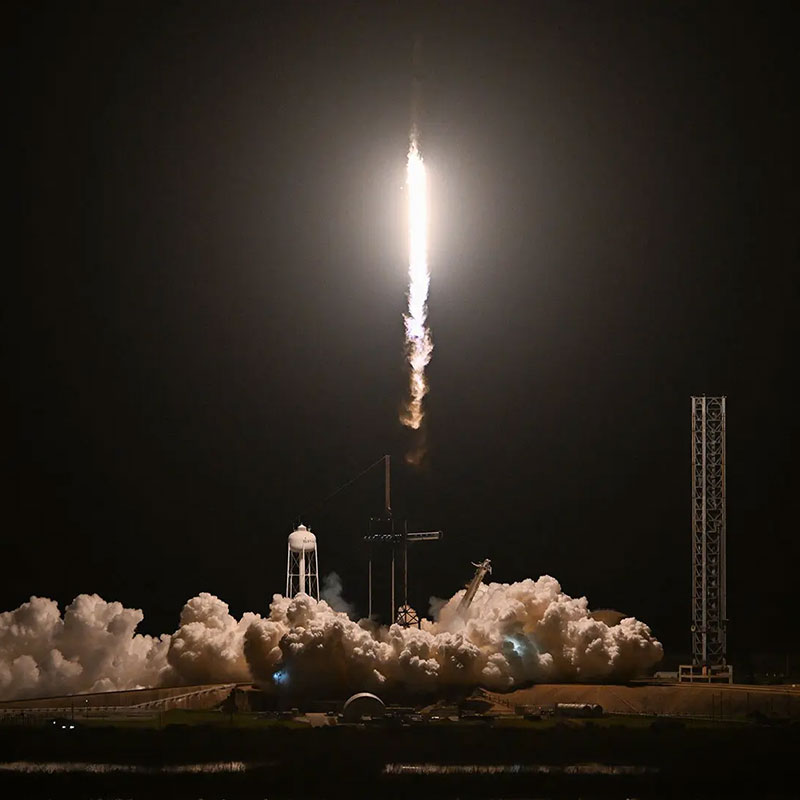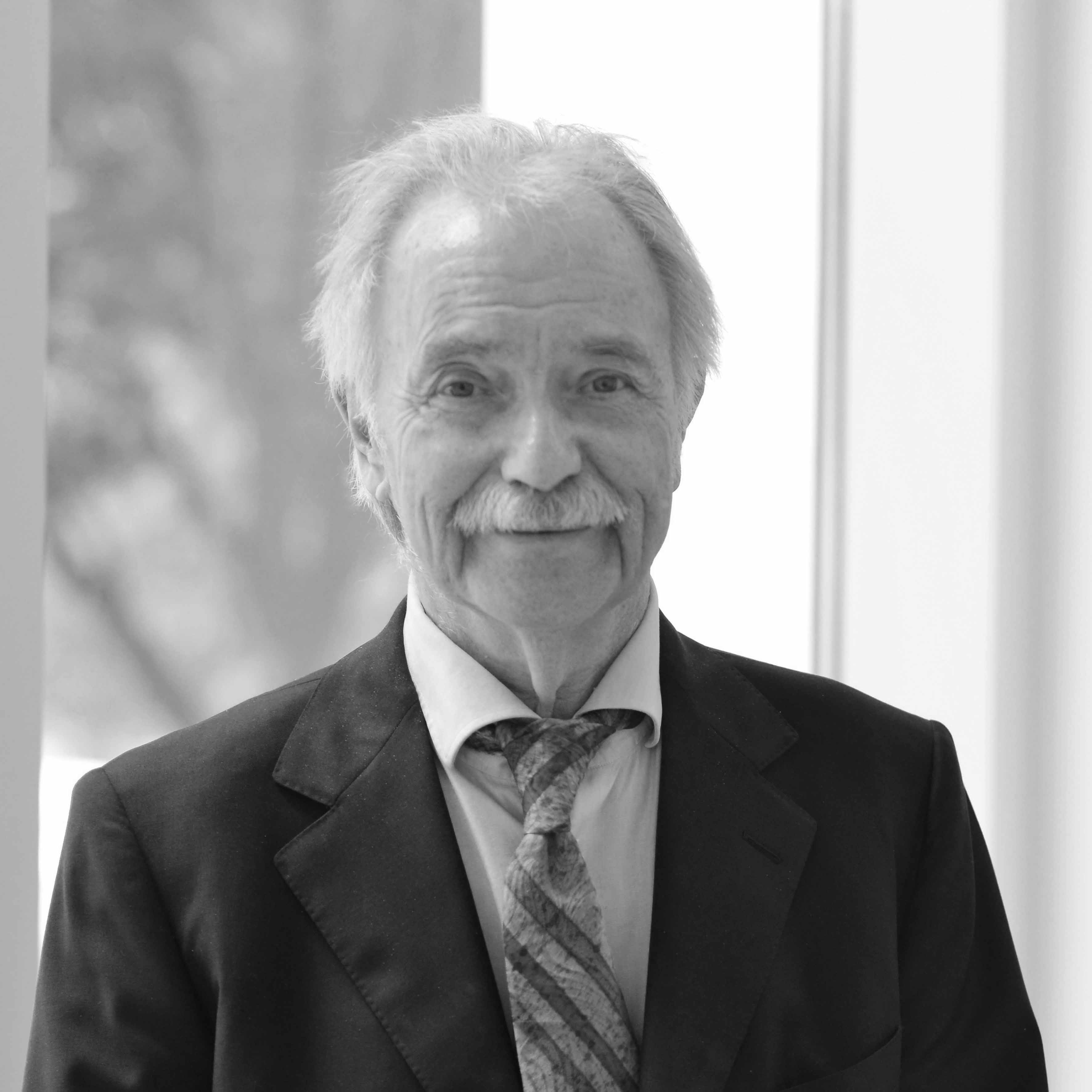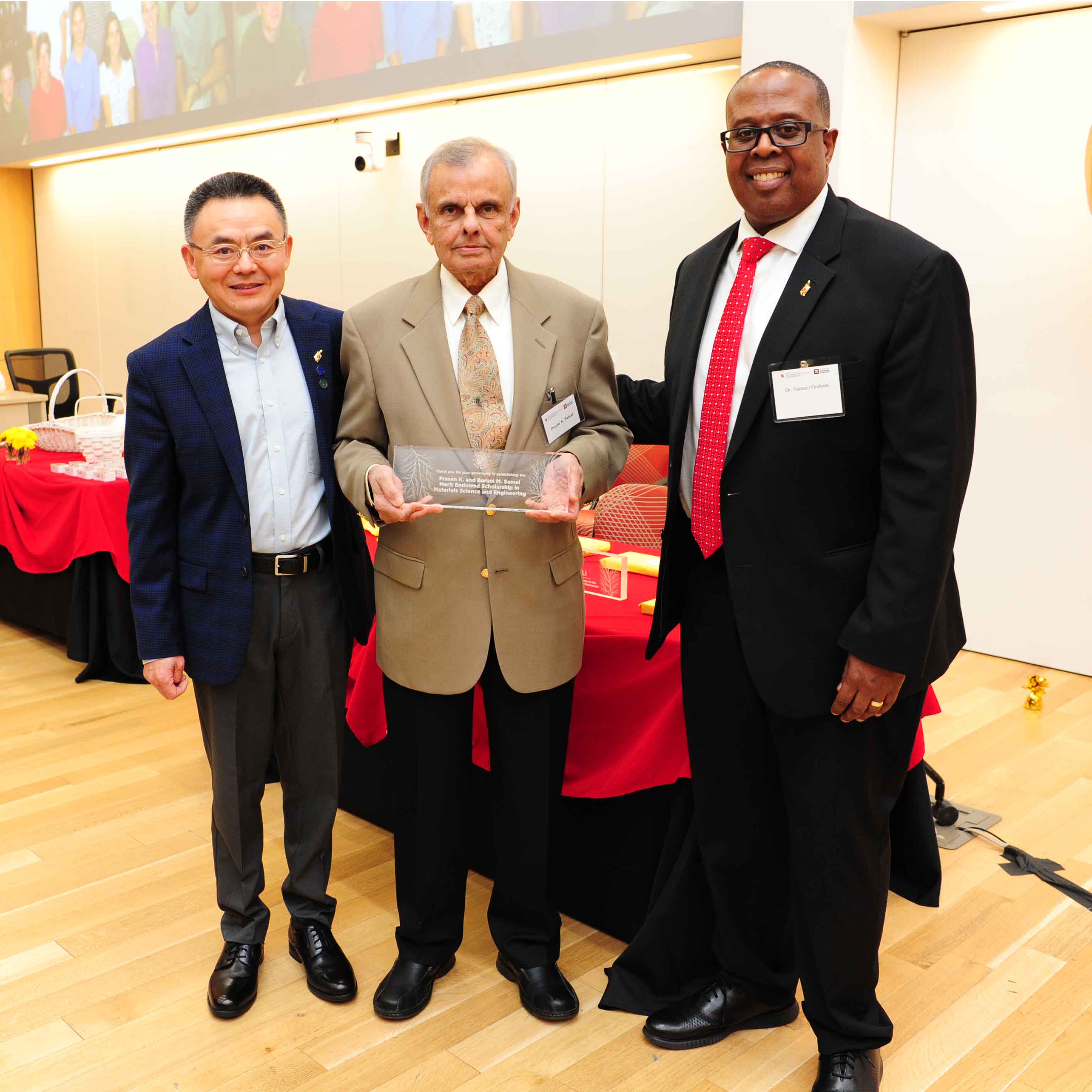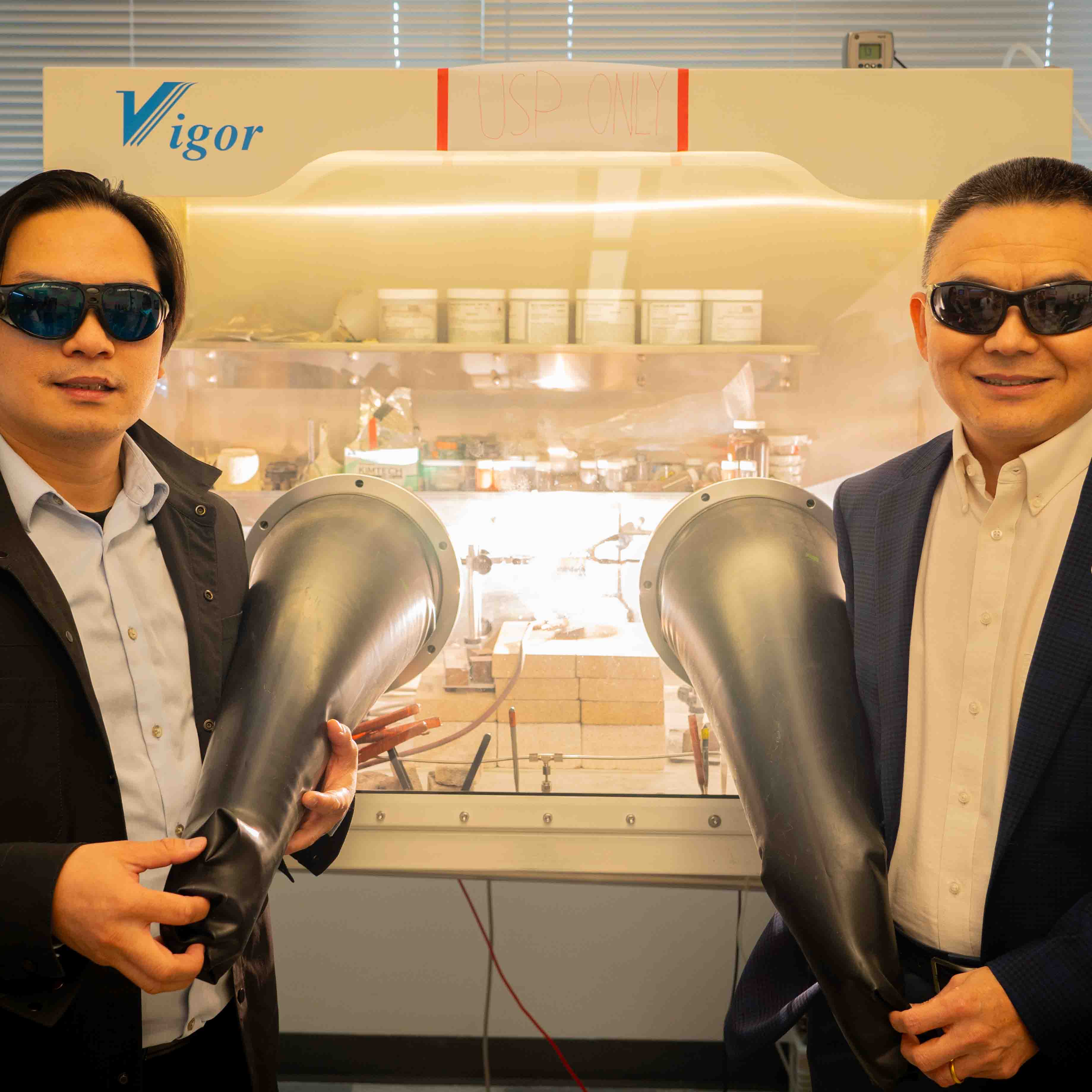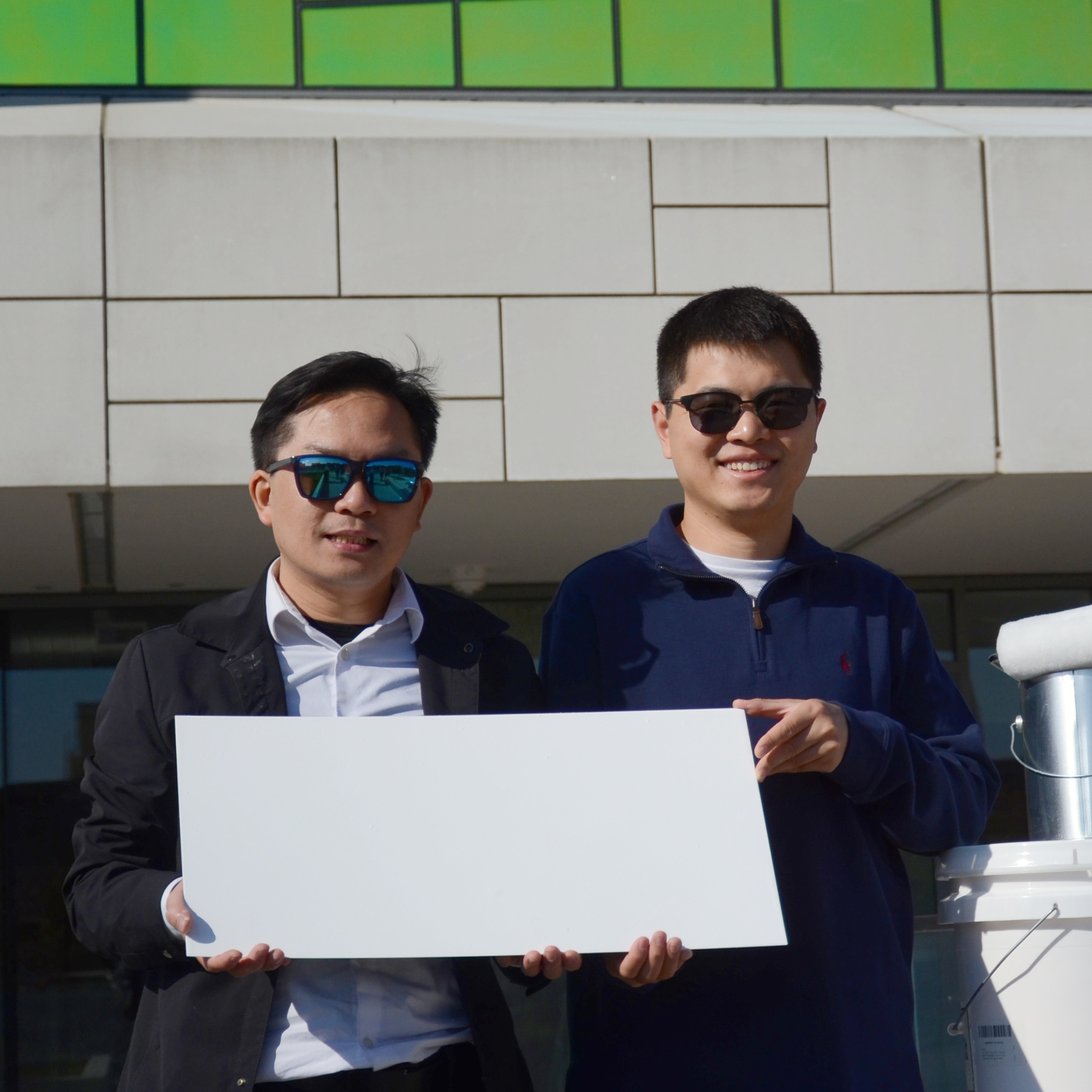News Story
New Microscopes for NISP, Keck Labs
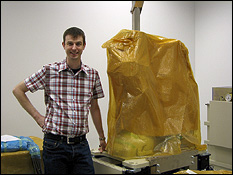
Assistant Professor John Cumings (Materials Science & Engineering) happily unwraps a very big "present": the new JEOL transmission electron microscope (TEM) at the Nanoscale Imaging, Spectroscopy and Properties (NISP) Lab.
The microscope will be part of a new University-wide center for electron microscopy and will be managed by the Maryland NanoCenter.
Assistant Professor John Cumings (Materials Science & Engineering), who conducts research in the NISP Lab, was enthusiastic about the JEOL's potential. "It will greatly enhance our capabilities to service both the materials and biology communities on campus," he said, noting that the JEOL should be ready for regular service by fall.
Also coming to the Kim Building is a combination scanning tunneling microscope (STM) and near-field microwave microscope, the result of a collaboration with Intematix, a company specializing in products used in combinatorial materials research. The microscope’s construction was funded by the W. M. Keck Foundation, and represents the second half of the Keck Lab's major equipment.
"It's literally unique," says doctoral student Chris Long (Physics), who will help set up the system for Associate Professor Ichiro Takeuchi (MSE and Center for Superconductivity Research). Takeuchi explained its importance: "Now we can image materials with atomic resolution scanning tunneling microscopy while simultaneously measuring microwave impedance, something which has never been done before." This added functionality creates images by recording where and how much a material interacts with microwaves, a technique relevant to radars and wireless communications.
The microscope is assembled and nearing completion at Intematix in California. Takeuchi and Long have been visiting, performing tests and preliminary experiments. When the microscope is ready, it will be shipped to Maryland. Takeuchi estimates it will arrive some time in the fall, and be fully functional by spring semester 2007.
Learn More:
The NISP Lab: http://www.nisplab.umd.edu/
Published July 10, 2006


